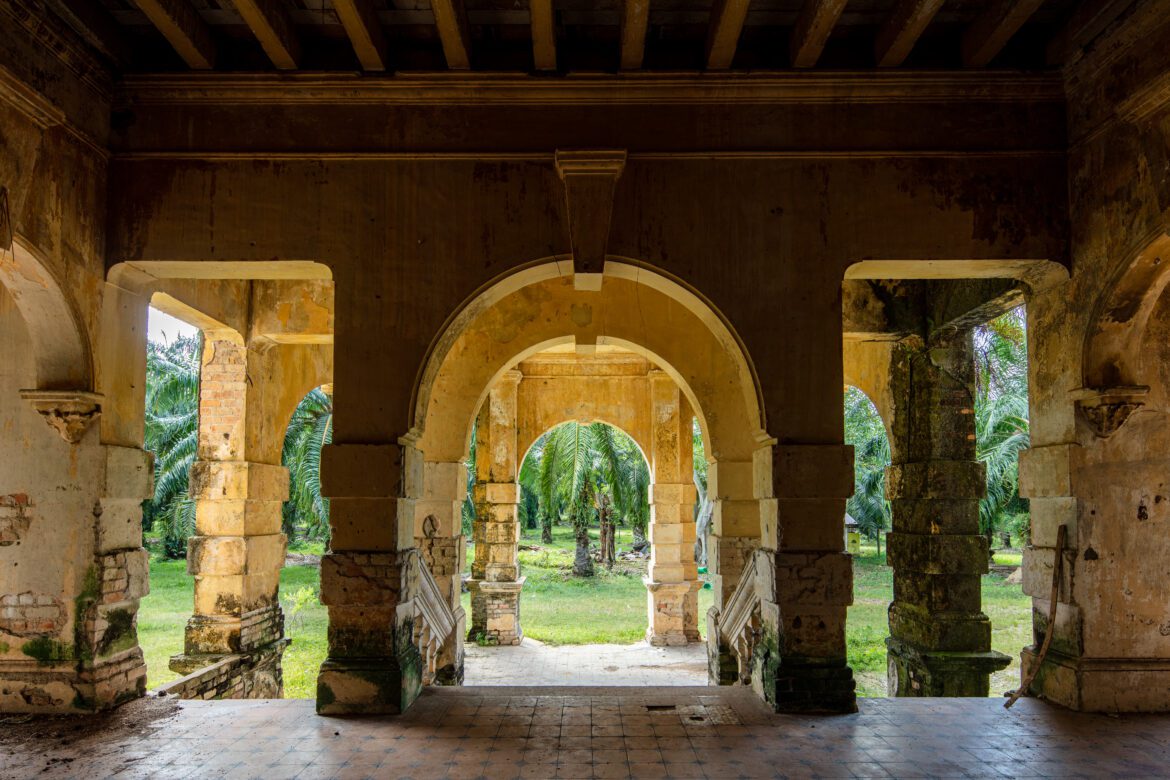Sri Lanka, an island nation in the Indian Ocean, has a rich cultural past as well as magnificent natural beauty. Various civilizations have affected the country over the years, resulting in a unique blend of art and architecture. Sri Lanka has a broad spectrum of cultural and architectural gems worth experiencing, ranging from ancient temples to colonial architecture. This book will take you on a tour through Sri Lanka’s art and architecture, highlighting its unique history and lively cultural traditions.
Ancient Art and Architecture
The origins of Sri Lankan art and architecture can be traced back to the island’s ancient rulers. The most notable of these is the Anuradhapura Kingdom, which was founded in the fourth century BCE and lasted for over a millennium. Anuradhapura is home to various historic stupas, monasteries, and palaces that showcase the ancient Sri Lankans’ architectural prowess.
The Ruwanwelisaya stupa, built by King Dutugemunu in the second century BCE, is one of the most famous architectural marvels of this era. This massive dome-shaped building stands 338 feet tall and is covered with elaborate carvings and stunning moonstones. Another notable structure is the Jetavanaramaya, which was once the world’s tallest stupa. These stupas bear witness to the ancient Sri Lankans’ religious commitment and architectural ability.
Mediaeval Art and Architecture
Several powerful kingdoms emerged in Sri Lanka throughout the medieval period, including the Polonnaruwa Kingdom and the Kandy Kingdom. The South Indian Chola dynasty had a significant impact on art and architecture during this time period. The Polonnaruwa Kingdom in particular is famous for its magnificent stone carvings and beautifully carved structures.
The Gal Vihara in Polonnaruwa is an outstanding example of mediaeval Sri Lankan sculpture. This rock shrine is home to four huge Buddha images cut into the granite walls. These statues’ precision and detail are quite astonishing, with each one showing a different part of the Buddha’s life. Another noteworthy landmark is the Dambulla Cave Temple, which features a series of cave shrines embellished with stunning murals and several Buddha statues.
Colonial Influence
With the presence of the Portuguese, Dutch, and British, Sri Lanka’s colonial past left an indelible mark on its art and architecture. Galle, a coastal city, is a fine example of colonial architecture. The Galle Fort, a UNESCO World Heritage Site, is a well-preserved 17th-century Dutch colonial stronghold. Its tiny alleyways, lovely colonial houses, and distinctive lighthouse provide a look into the colonial history of Sri Lanka.
The architectural highlights of Colombo’s capital city show the influence of British colonial control. The Old Parliament Building is a remarkable specimen of neoclassical architecture from the British era. It now serves as the Presidential Secretariat and is a symbol of the country’s democratic legacy. Other important colonial-era structures include the Colombo Dutch Museum and the Colombo National Museum, both of which house a diverse collection of artifacts and artworks from various eras.
Contemporary Art and Architecture
Sri Lanka has seen a surge in contemporary art and architecture in recent years, as the country embraces modernity while retaining its rich cultural legacy. The Sri Lanka Parliament Complex, designed by renowned architect Geoffrey Bawa, is located in the city of Kotte, a suburb of Colombo. This modernist structure combines historic components with modern design ideas, expressing the country’s desire to progress while remaining true to its traditions.
Colombo has also emerged as a modern art hotspot, with various art galleries and shows presenting the works of local and international artists. The biennial Colombo Art Biennale gathers art fans from all over the world, giving a forum for rising talent and encouraging discourse on social and cultural issues.
Conclusion
The rich and diversified cultural legacy of Sri Lanka is reflected in its art and architecture. The country offers a wonderful trip through time and aesthetic expression, from the ancient stupas of Anuradhapura to the colonial architecture of Galle and the contemporary works of Geoffrey Bawa. Exploring Sri Lankan art and architecture is not just a beautiful treat, but also a way to learn about the country’s history, traditions, and cultural identity. So, whether you’re an art lover, a history buff, or simply an inquisitive traveler, Sri Lanka promises to immerse you in a really immersive and fascinating experience.

